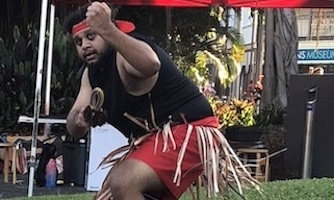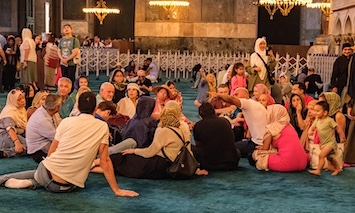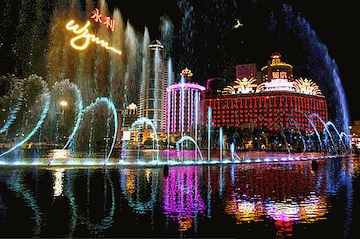What images come to mind when you think of Vietnam? A peasant in the conical nón lá hat, harvesting rice from the fields? Colorful lanterns dancing from the masts of river boats or the corrugated eaves of Taoist temples in ancient Hoi An? Perhaps you dream of karst peaks that erupt from the placid waters of deep-blue Ha Long Bay?
All are part of the visual culture of the country I now call home. But I believe nothing says “Vietnam” more than the áo dài. The sleek silk gown is as much a statement of Vietnamese fashion and femininity as is the kimono in Japan, the sari in India or the cheongsam in China. At once draping and clinging, accenting the Asian woman’s natural curves, the áo dài teases with restraint and decorum, promising nothing but implying everything. As worn by Vietnamese women, who learn to walk gracefully at a young age, it is at once marvelously modest yet incredibly provocative. A man who isn’t stirred is either dead or recently divorced.










